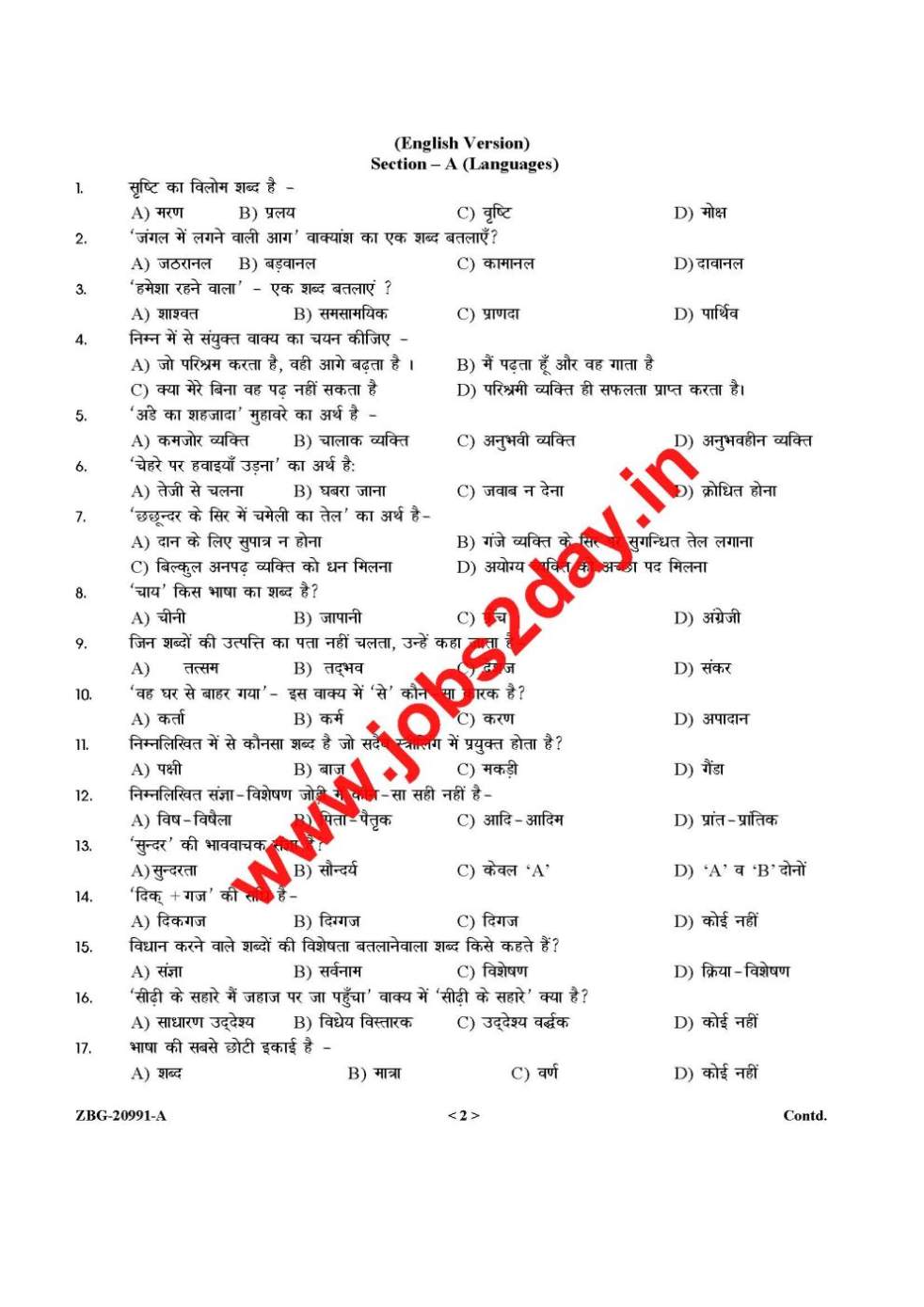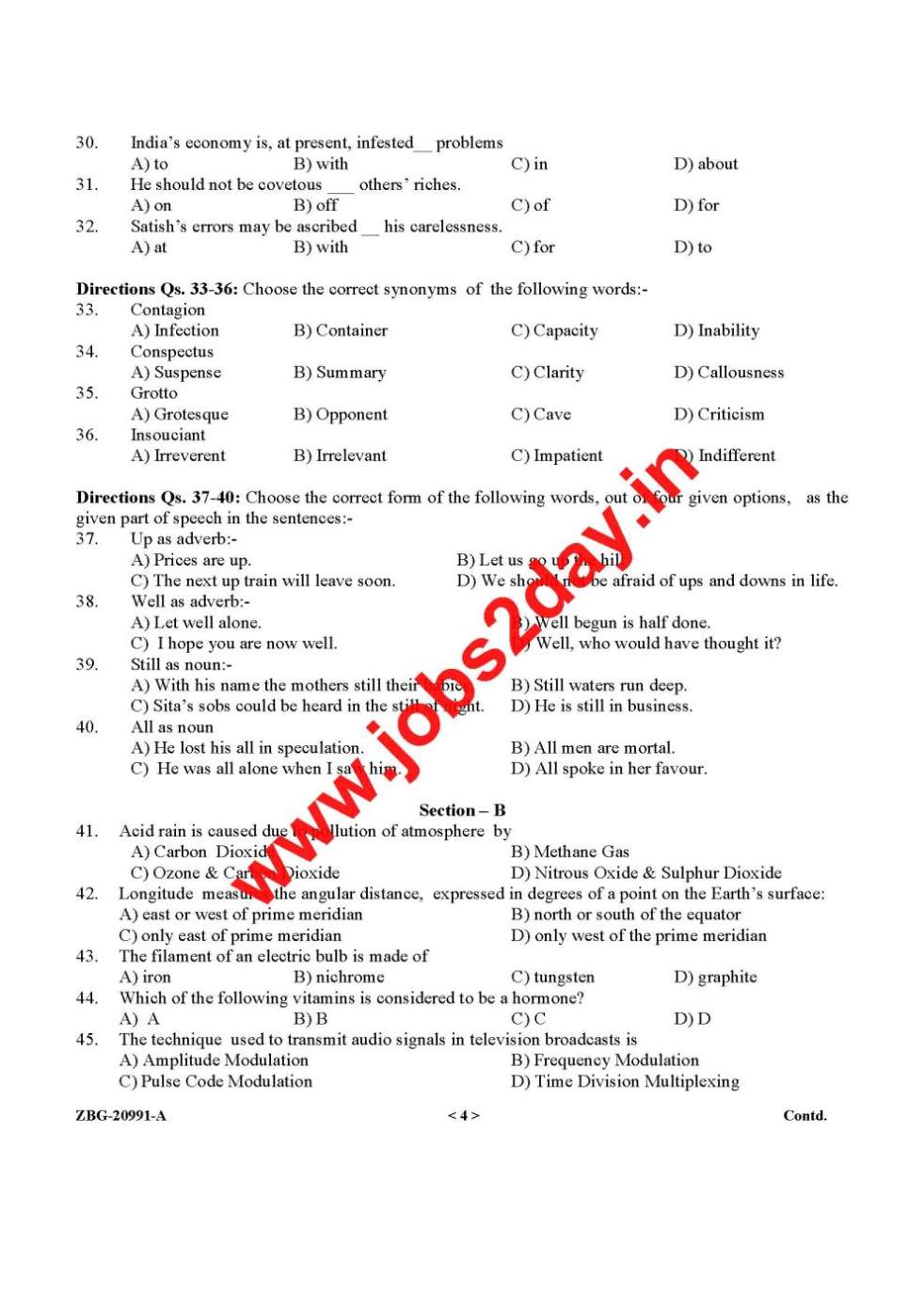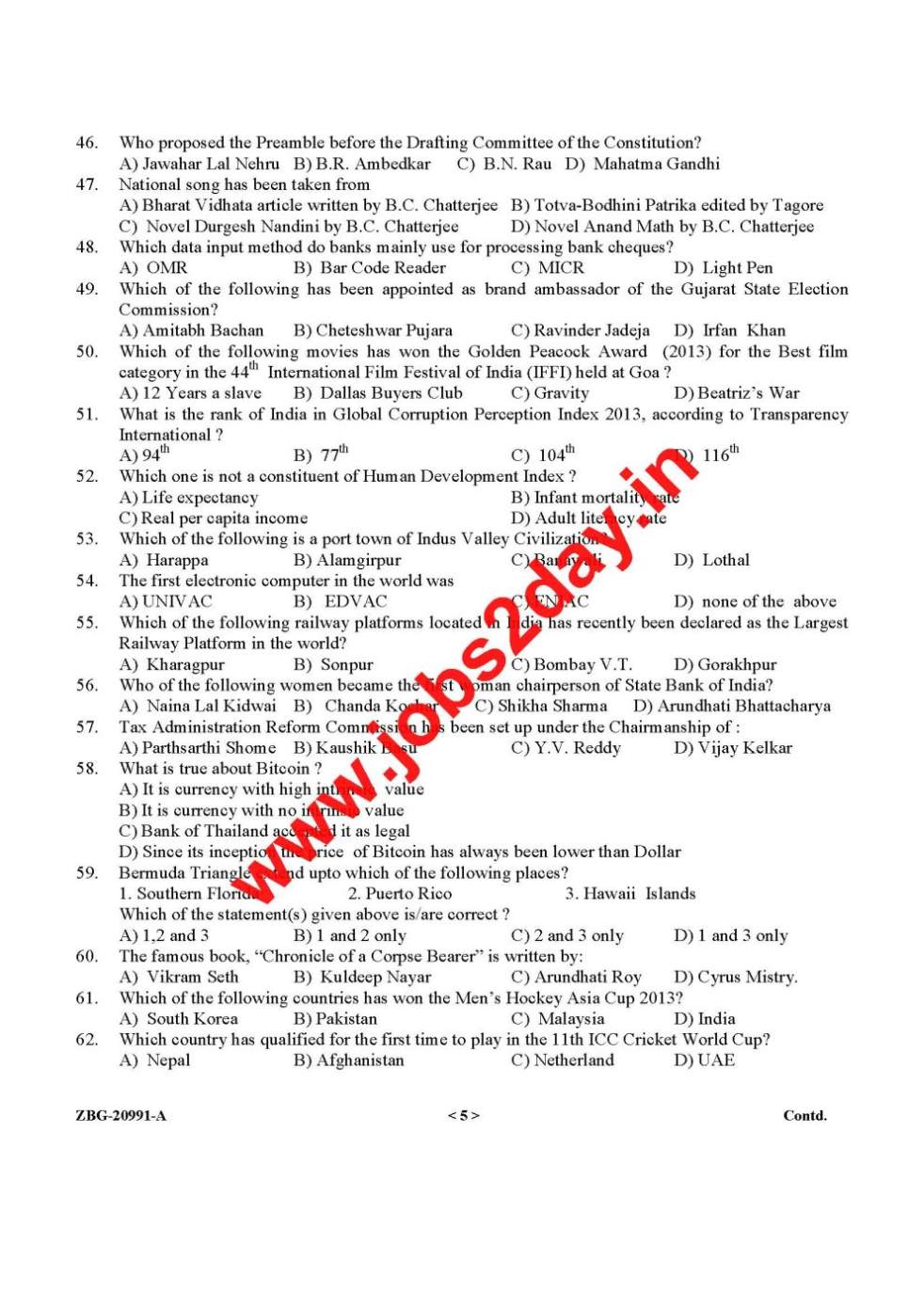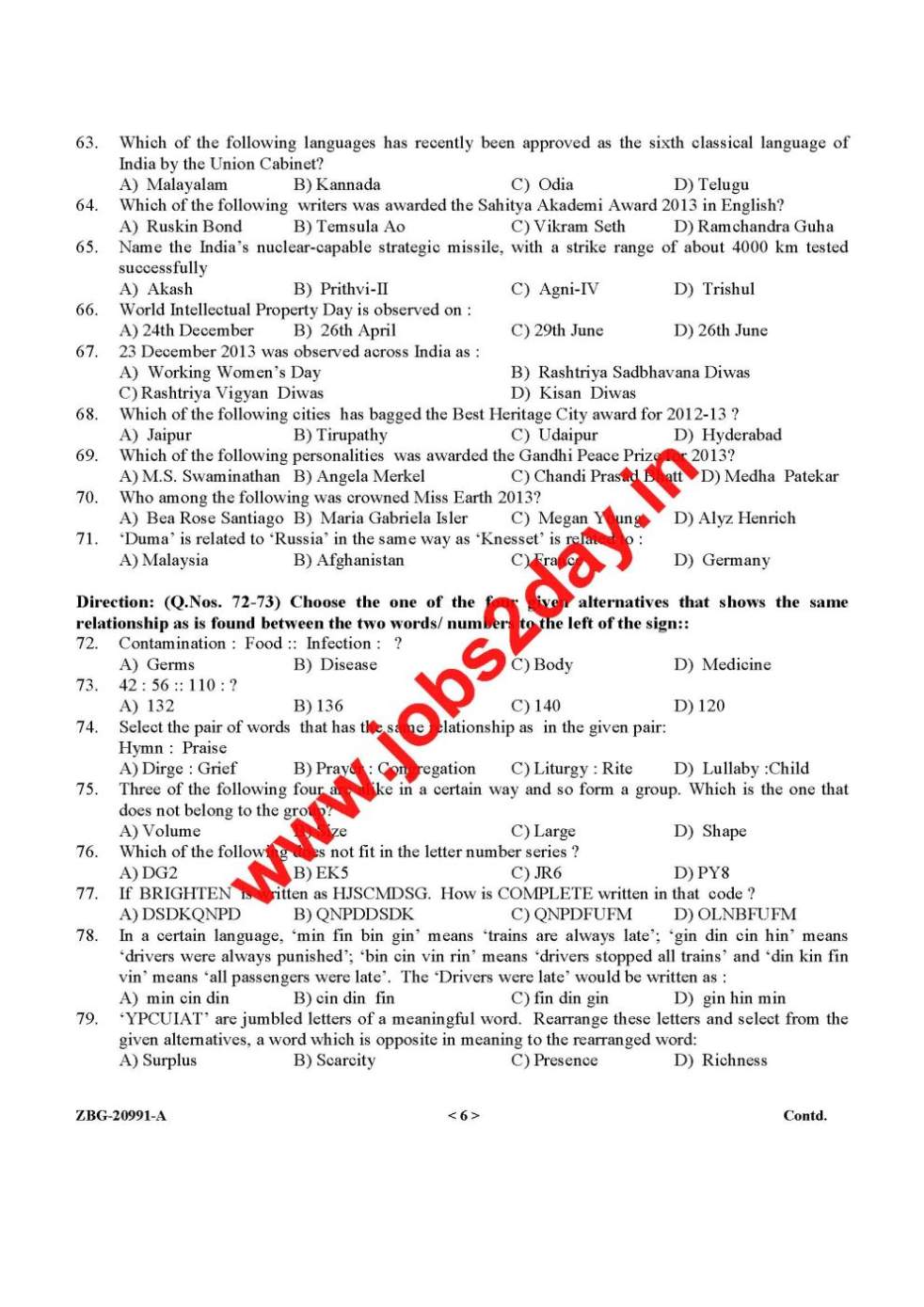| Re: PGT Economics Question Paper of Navodaya Vidyalaya
As you want to know about topics of PGT Economics Question Paper of Navodaya Vidyalaya so here I am giving you same:
Consumer Behaviour and Demand: Consumer’s Equilibrium - meaning and attainment of equilibrium through Utility Approach and Indifference Approach, Demand, market demand, determinants of demand, demand curve, movement along and shifts in demand curve. Law of demand and its exceptions. Price elasticity of demand, measurement of price elasticity of demand - percentage, total expenditure and geometric method.
Producer Behaviour & Supply: Agents of production. Production function. Cost and Revenue- meaning and various types of costs and revenue. Isoquants. Returns to a factor and returns to scale. Supply, market supply, determinants of supply, supply curve, movement along and shifts in supply curve, price elasticity of supply and its measurement. Components and theories of distribution. Welfare economics: Pareto-optimality, private and social products. Consumer surplus.
Forms of Market and Price Determination: Forms of market – meaning and features. Price determination under perfect competition, monopoly and imperfect competitions, effects of shifts in demand and supply.
National Income and related aggregates: Macroeconomics: Meaning. Circular flow of income, concepts of GDP, GNP, NDP, NNP (at market price and factor cost), National Disposable Income, Private Income, Personal Income and Personal Disposable Income. Measurement of National Income.
Determination of Income and Employment: Aggregate demand, Aggregate supply and their components. Propensity to consume and propensity to save. Involuntary unemployment and full employment. Determination of income and employment. Concept of investment multiplier and its working. Problems of excess and deficient demands Measures to correct excess and deficient demands - availability of credit, change in Government spending. Inflation: meaning, causes and remedies
Money and Banking: Money - meaning, evolution and functions. Central bank - meaning and functions. Commercial banks - meaning and functions. Recent significant reforms and issues in Indian Banking System-privatisation and modernisation
Government Budget and the Economy: Government budget - meaning and its components. Objectives of government budget. Classification of receipts; classification of expenditure. Types of budget. Revenue deficit, fiscal deficit and primary deficit: meaning and implications; measures to contain different deficits. Downsizing the role of government.
Balance of Payments: Foreign exchange rate- meaning (Fixed and Flexible), merits and demerits; Determination through demand and supply. Balance of payments accounts - meaning and components
International Economics: Theories of international trade, free trade and protection, IMF – The World Bank and its associates. WTO.
Concepts of shares, debentures, SEBI, NSEW, BSE and various indices.
Introduction and collection, organization of data: Meaning, scope and importance of statistics in Economics. Collection and organisation of data. Census of India and National Sample Survey Organisation. Statistical Tools and Interpretation: Measures of Central Tendency. Geometric mean and harmonic mean. Measures of Dispersion. Lorenz Curve: Meaning and its application. Correlation – meaning. Measures of correlation - Karl Pearson’s method, Spearman’s rank correlation. Time series analysis. Introduction to Index Numbers - meaning, types - wholesale price index, consumer price index and index of industrial production, uses of index numbers; Inflation and index numbers.
Development Policies and Experience: A brief introduction of the state of Indian economy on the eve of independence. Common goals of Five Year Plans, major controversies on planning in India. Main features, problems and policies of agriculture, industry and foreign trade.
Economic Reforms since 1991: Need & main features - liberalisation, globalisation and privatisation; an appraisal of LPG policies
Current challenges facing Indian Economy: Poverty and programmes for poverty alleviation. Rural development: Key issues - credit and marketing - role of cooperatives; agricultural diversification; alternative farming - organic farming. Human Capital Formation. Growth of Education Sector in India. Employment: opportunities and other related issues. Infrastructural Problems and policies. Sustainable Economic Development: Meaning; Effects of Economic Development on Resources and Environment.
Development Experience of India: A comparison with neighbours India and Pakistan, India and China, Issues: growth, population, sectoral development and other developmental indicators.
| 



